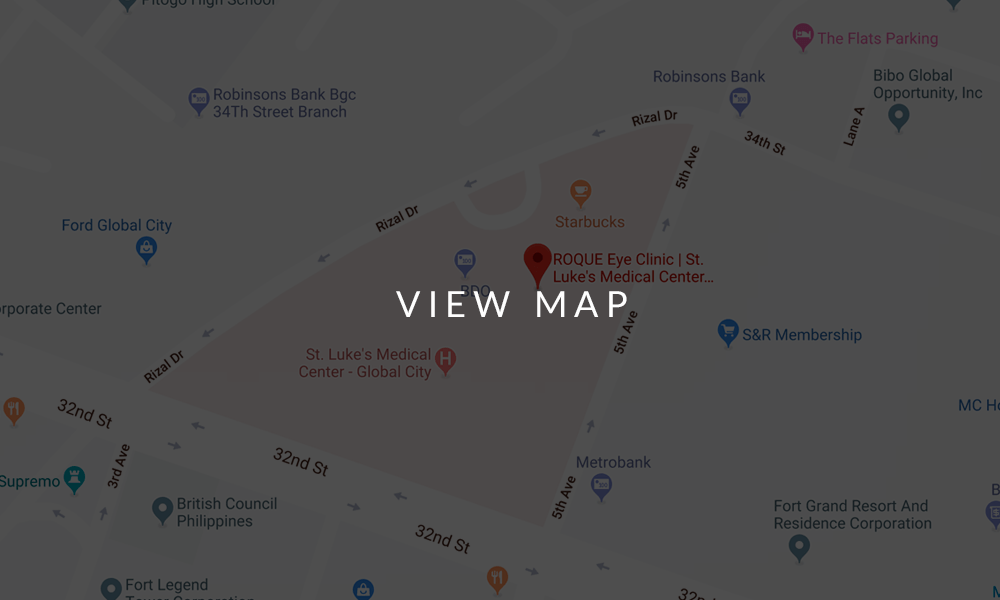ALBINISM FAQ
FAQ
Albinism is the absence of melanin pigment that can occur systemically (oculocutaneous) or primarily involving the eyes (ocular).

Oculocutaneous albinism can be divided into two types, tyrosinase-positive and tyrosinase-negative, using hair root studies. Tyrosinase is an enzyme responsible for converting tyrosine to melanin. The eye findings associated with oculocutaneous albinism include poor visual acuity, usually 20/80 to 20/400, nystagmus, hypopigmentation of the iris with transillumination defects, macular hypoplasia, and hypopigmented fundus. The poor visual acuity is due to macular hypoplasia and “miswiring” of the optic neurons in the chiasm. Tyrosinase-positive oculocutaneous albinism shows progressive increased pigmentation, as they are bale to produce melanin. Tyrosinase- negative oculocutaneous albinism is a severe hypopigmentation disorder that tends to be static and is associated with poorer visual acuity and legal blindness. Both positive and negative oculocutaneous albinism are inherited as autosomal recessive traits.
Ocular albinism is hypopigmentation that is localized to the eye. Patients with this condition may have brown or dark hair and will not look like the typical patient with albinism. In contrast to the oculocutaneous type, ocular albinism is usually inherited as an x-linked trait.
VEP findings suggest an excessive decussating of neurons at the chiasm. Hair root studies are done to determine tyrosinase activity.
Correcting the associated refractive error, particularly astigmatism may improve acuity, or sometimes the severity of nystagmus. Tinted glasses will help in decreasing the sensitivity to light.
BOOK AN APPOINTMENT
It takes less than 5 minutes to complete your online booking. Alternatively, you may call our BGC Clinic, or our Alabang Clinic for assistance.
OUR PEDIATRIC OPHTHALMOLOGIST
DR. BARBARA ROQUE
MD, DPBO, FPAO, FPCS
Dr. Barbara Roque is a specialist in pediatric ophthalmology, adult strabismus, and ophthalmic genetics. Her private practice began in 2006, after her post-graduate fellowship training at The Children’s Hospital in Westmead, University of Sydney System, Australia. Her patients are mostly children with ocular disease, refractive errors, cataracts, and eye misalignment.
OUR CLINICS
BGC CLINIC
- ST. LUKE'S MEDICAL CENTER GLOBAL CITY
2/F Medical Arts Building 217
Rizal Drive corner 5th Avenue
Bonifacio Global City, Taguig 1634
Philippines
SLMC CLINIC HOURS
- 9am - 12pm
Appointments only
ALABANG CLINIC
- ASIAN HOSPITAL AND MEDICAL CENTER
5/F Medical Office Building 509
2205 Civic Drive, Filinvest City
Alabang, Muntinlupa 1781
Philippines
AHMC CLINIC HOURS
- 1pm - 4pm
Appointments only
BOOK AN APPOINTMENT
It takes less than 5 minutes to complete your online booking. Alternatively, you may call our BGC Clinic, or our Alabang Clinic for assistance.












